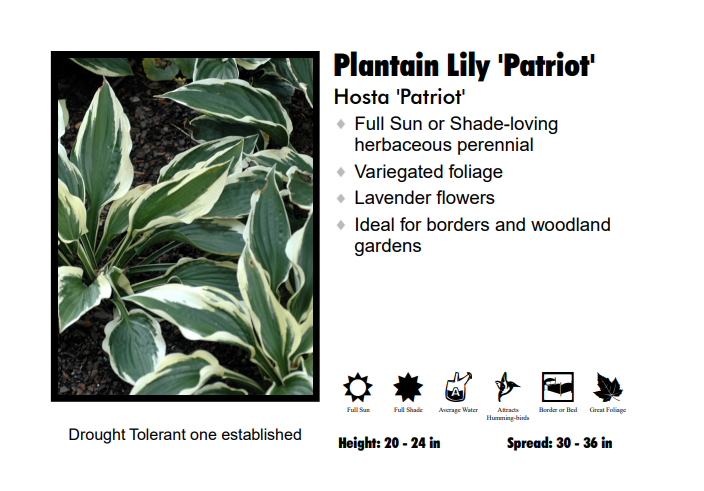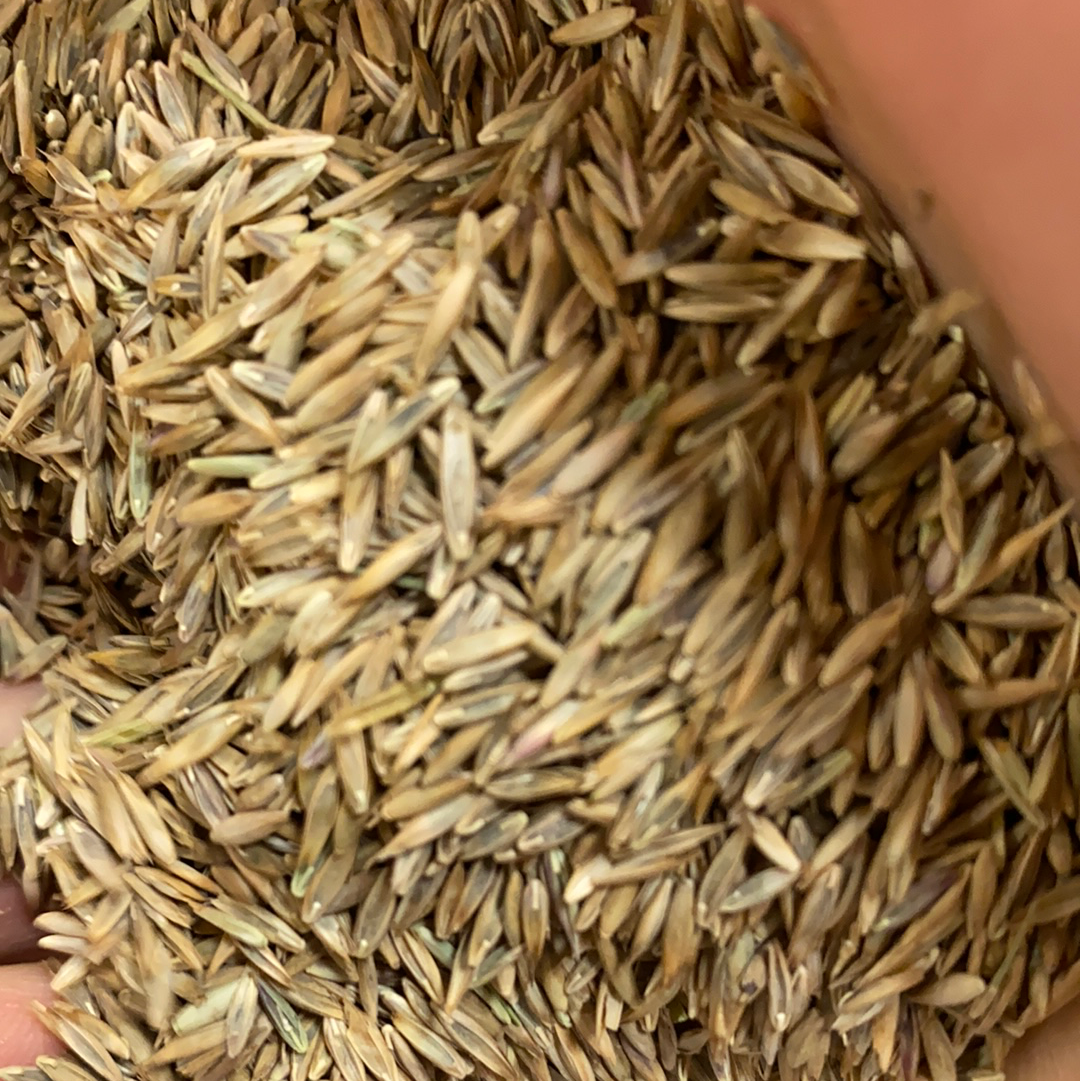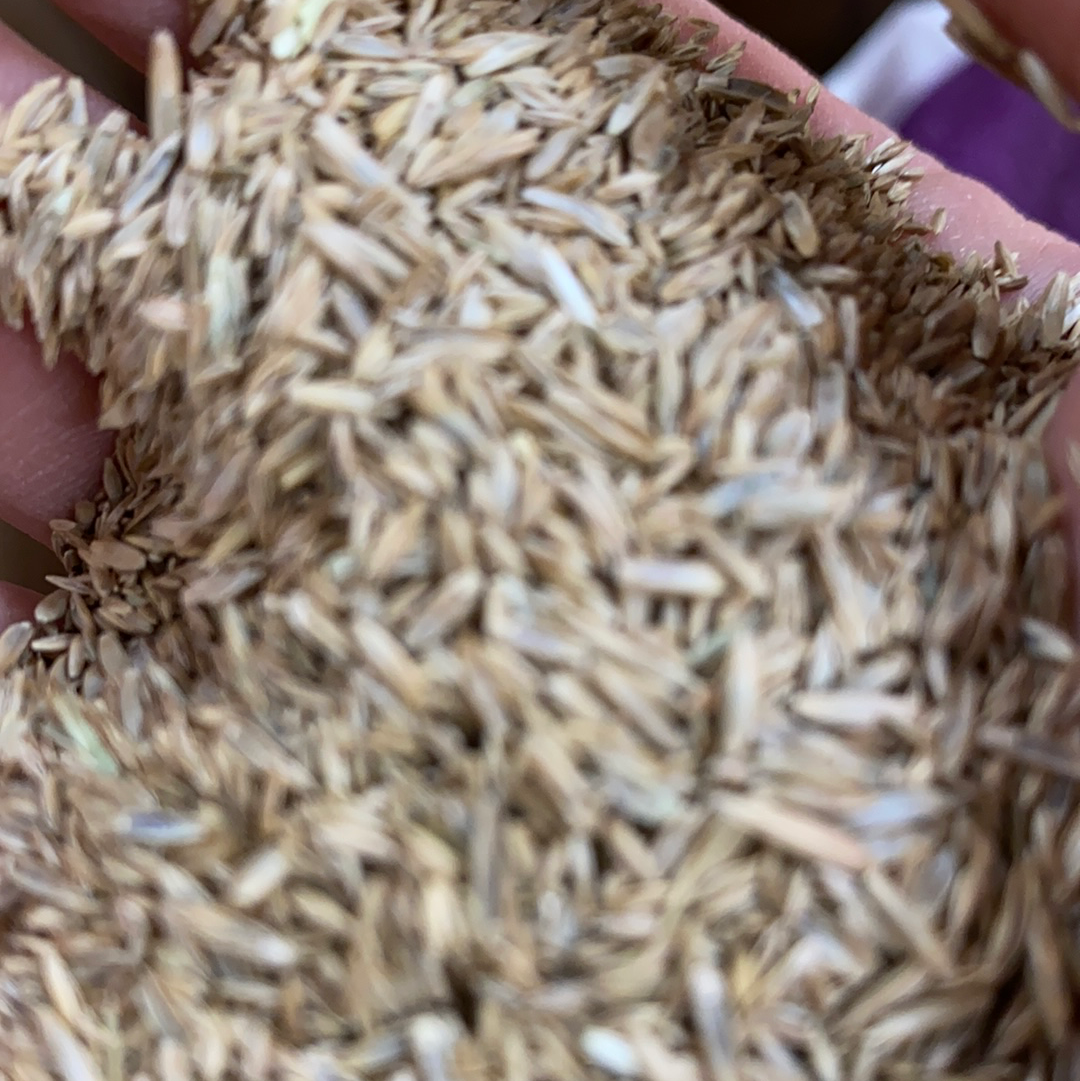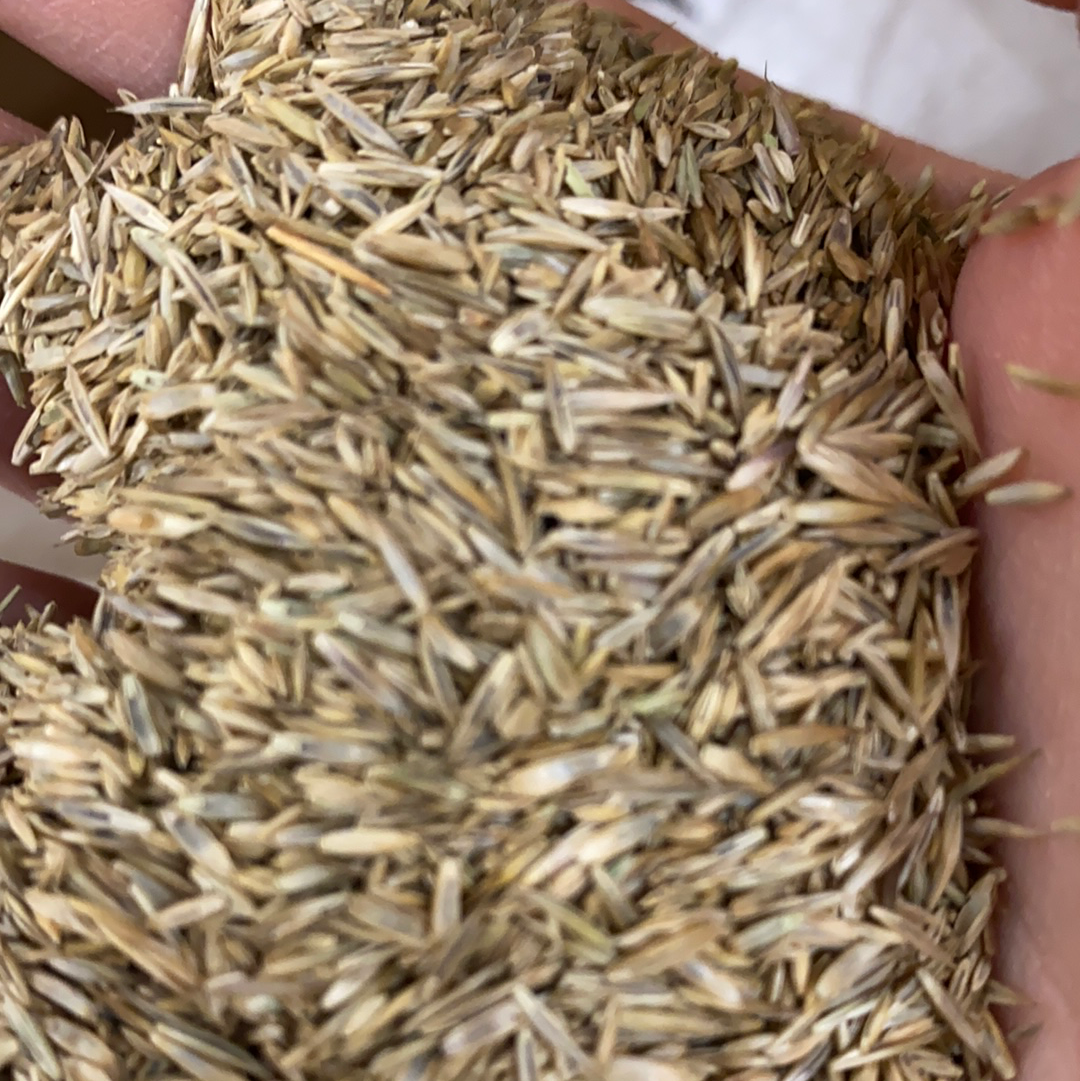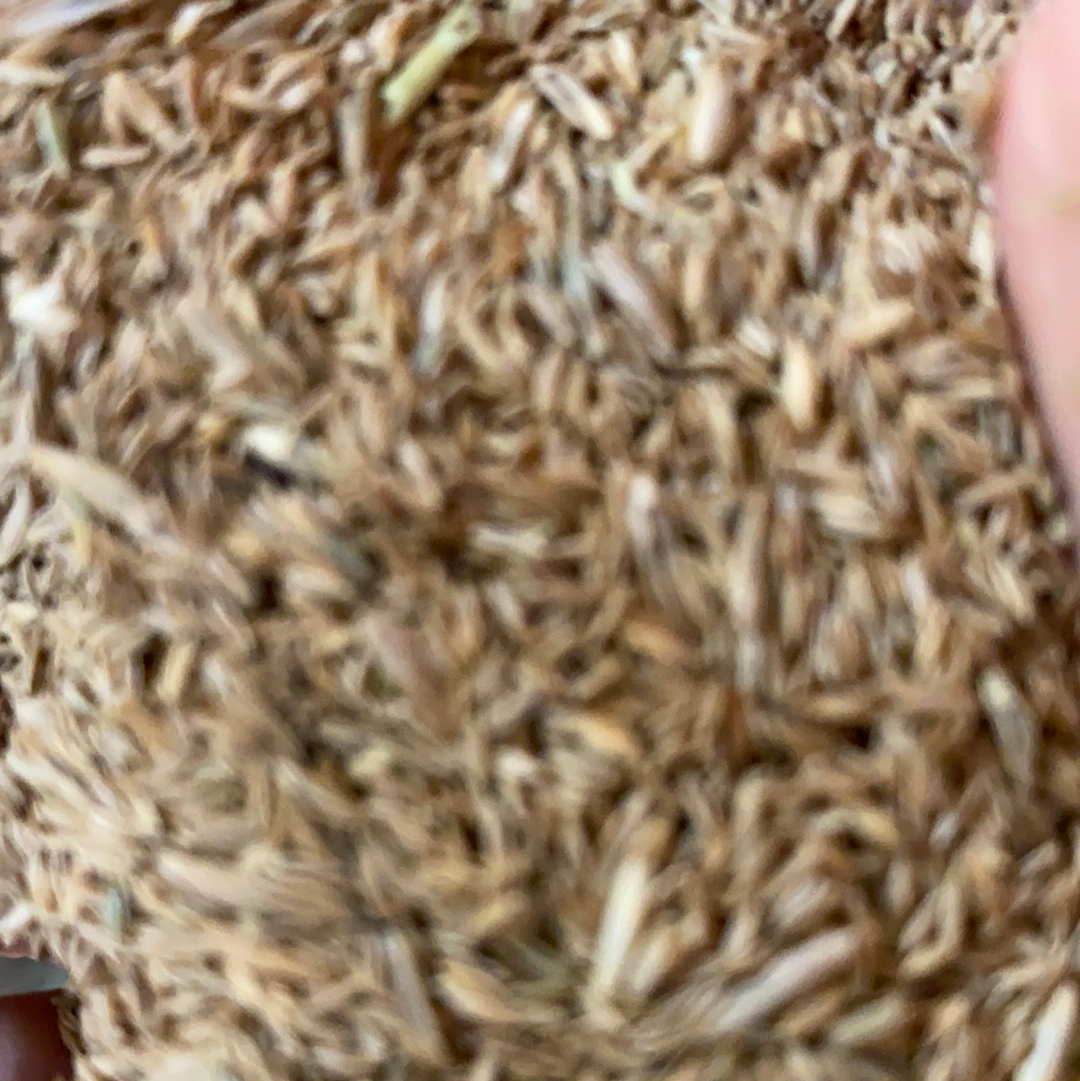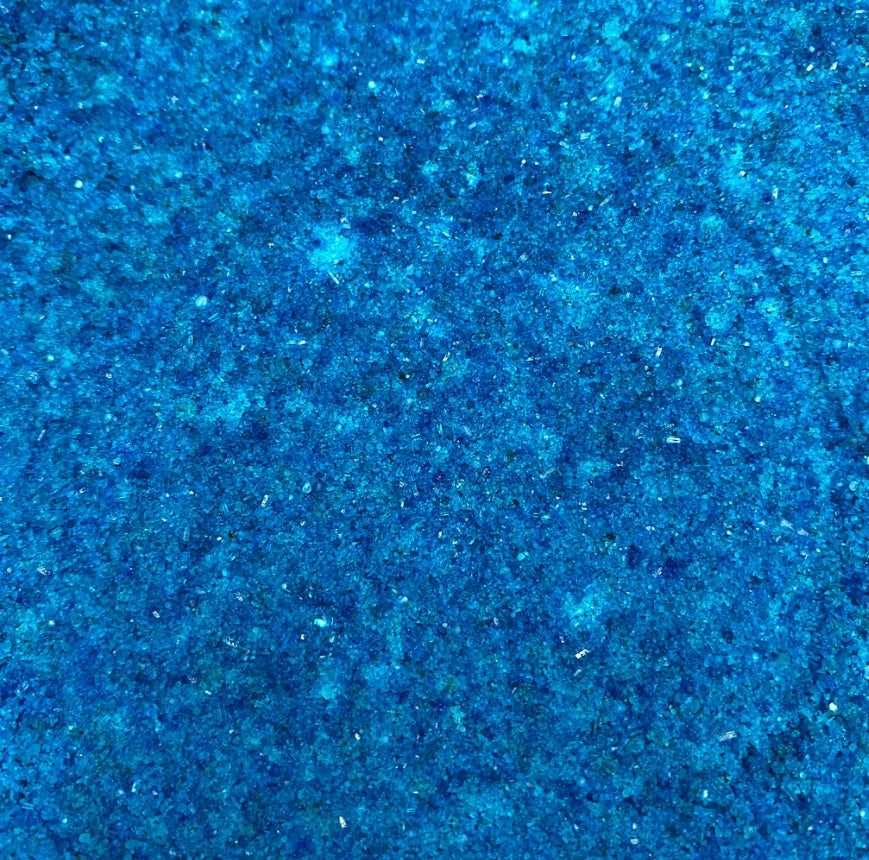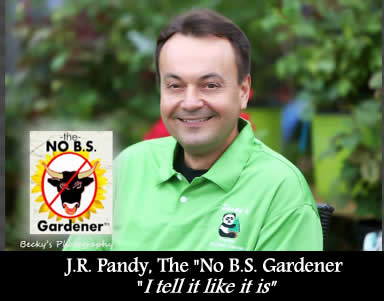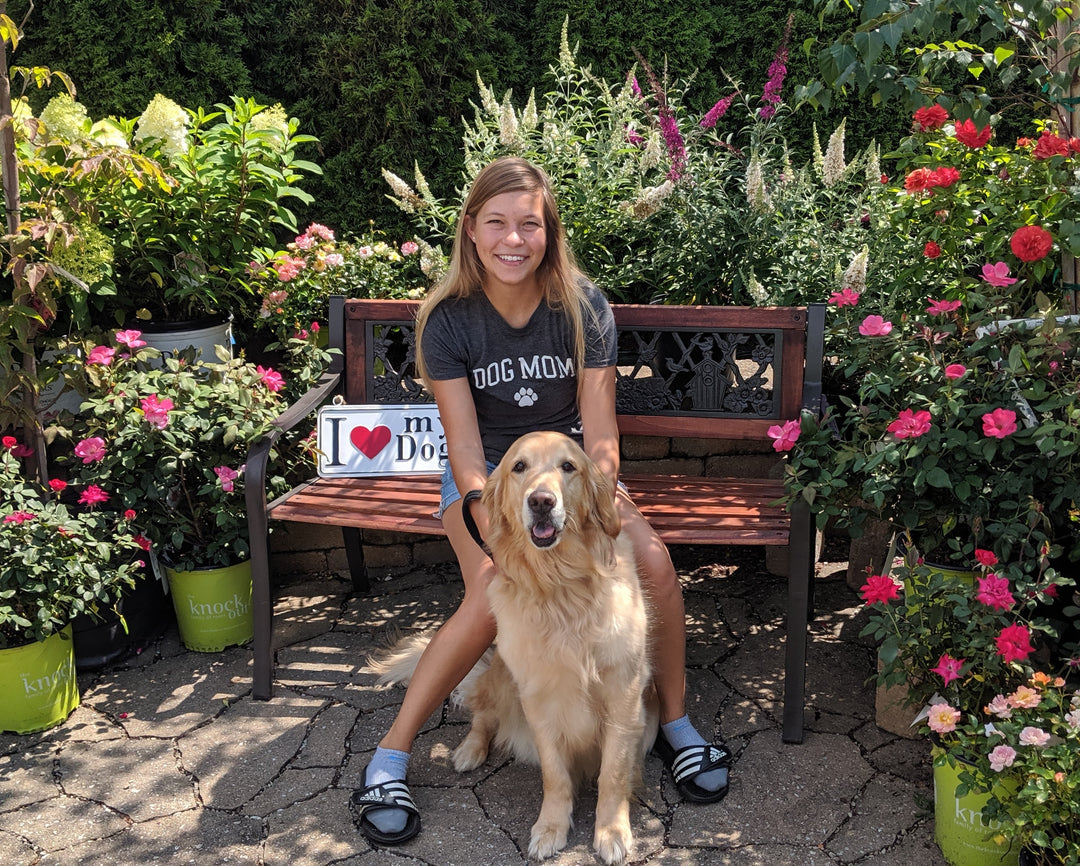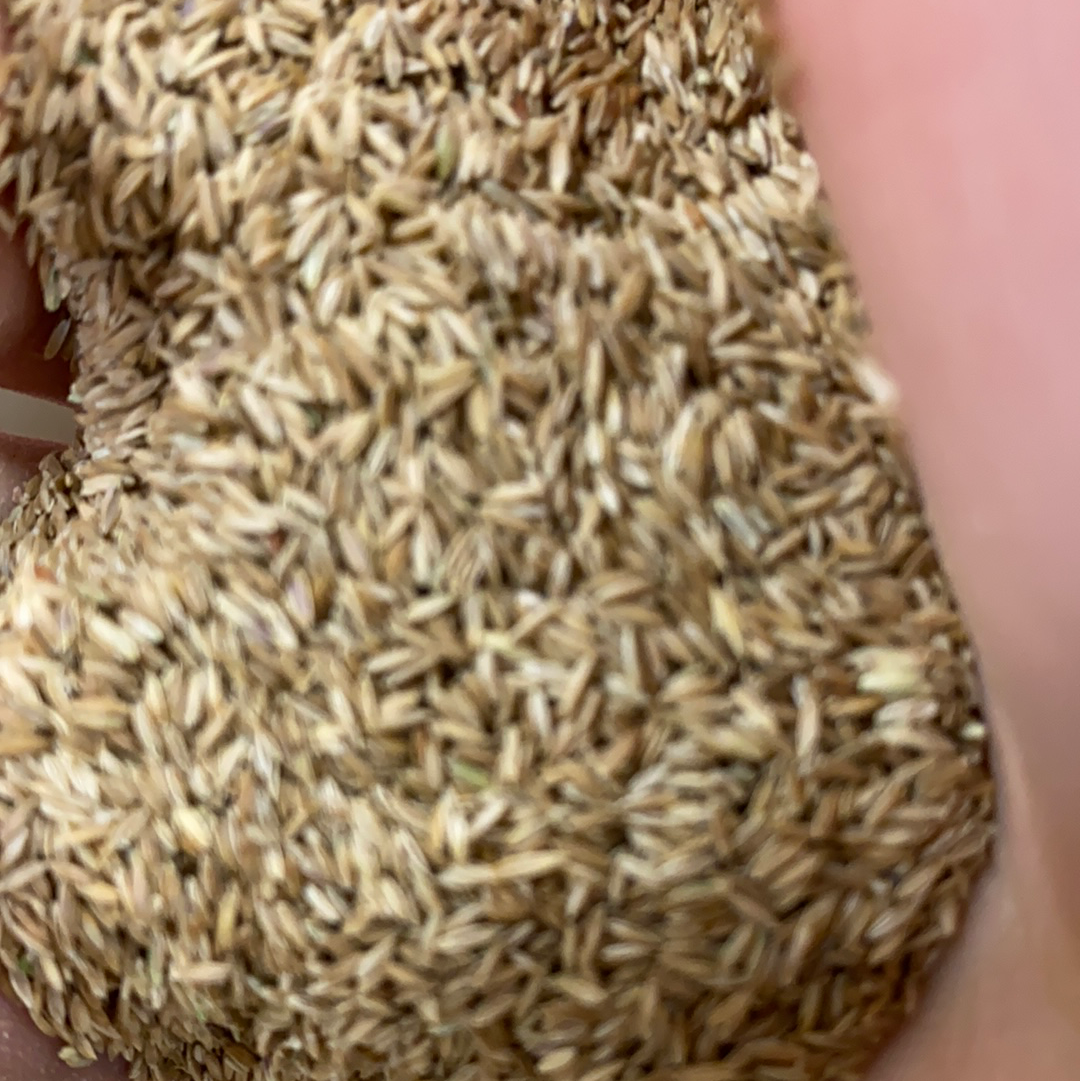
Kentucky Bluegrass by the Pound
The easiest method of identifying K. bluegrass is to look for the boat shaped tip. If you look carefully, the tip of the blade folds together to resemble the bow of a boat. If you pull the length of the grass through your fingers, the tip will split, leaving two small points. Only orchard grass has a similar shaped tip.
You can also look for very narrow, upright standing grass blades that come to a point. Other grass types, such as fescue will have much wider blades in comparison.
Bluegrass’ advantages
Bluegrass forms a dense and attractive turf. For some people, the thin blades are more appealing than wider bladed grasses.
Kentucky Bluegrass has a solid advantage over other cool season grasses by its ability to spread. The fact that it can spread and heal itself when damaged is probably the greatest reason for its popularity. It spreads through the production of rhizomes. See Plant Structure for a complete explanation of rhizomes. Rhizomes are stems that grow horizontally just below the surface of the ground. Each rhizome produces a "node" every few inches along its length from which a new bluegrass plant will sprout. Bluegrass is an excellent choice for busy lawns where backyard activities tend to wear down the turf. Athletic fields will often use a combination of bluegrass and perennial ryegrass. The bluegrass will heal damages and perennial ryegrass is used for its high wear resistance.
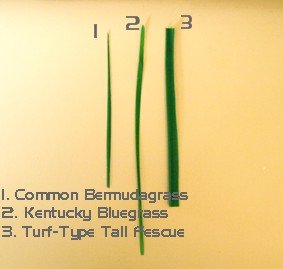
Kentucky bluegrass seed is often blended with turf-type tall fescue seed when grown for sod production. Most tall fescue varities don't have the structure to hold sod together very well, but bluegrass does. When sod is harvested, the roots are cut, but the rhizomes from the bluegrass keep the sod from falling apart.
Sports fields planted with fescue will usually add K. Bluegrass. This is because the grass will spread and heal any damaged spots. Fescue doesn't produce runners so bluegrass has this as an advantage and is almost always included in the mix.
Since the rhizomes grow underground, they help ensure the survival of the plant. It can survive damage that would kill other grasses. Even if the grass is removed at ground level, bluegrass could still grow back because of the underground growing points on the rhizomes.
Kentucky bluegrass has better cold tolerance than other cool season grasses. It can withstand periods of very cold weather that would normally damage fescue or ryegrass. The adaptation zone for bluegrass extends through the cool/humid and cool/arid regions.
- Secure payments
- 🛒 In Stock – Pickup Available, Shipping on Select Items (Excludes Plants)
- Backordered, shipping soon







